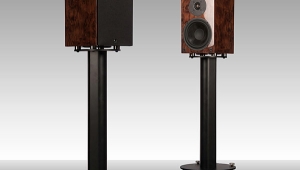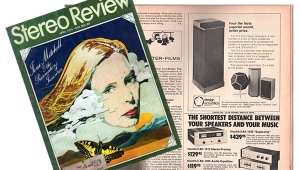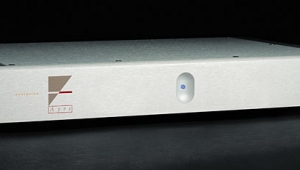| Columns Retired Columns & Blogs |
The Fifth Element #30 Dual-mono Radio Broadcasting
Sidebar: Dual-mono Radio Broadcasting
How could the Barbirolli performance been broadcast in stereo in January 1959, when it is well known that the FCC did not license FM stereo broadcasts until June 1, 1961? The answer is a fascinating footnote to audio and broadcast history. Beginning in 1955, WGBH would occasionally offer a true stereo broadcast while staying within the ambit of its FCC license by the elegant expedient of broadcasting the left channel of the stereo program on WGBH while broadcasting the right channel simultaneously on another station: first WBUR, and later, WBCN. A listener with two FM radios (or an audiophile with two FM tuners) would thereby enjoy stereo, while listeners with only one radio or tuner would not miss much, owing to the nature of the program and the microphone techniques used.
There was also a brief vogue, caused in part by FCC rules that liberally allowed cross-ownership of AM and FM stations in the same market, of broadcasting one stereo channel on the FM station and the other on the AM station. Boston station WCRB did this beginning in 1957. Although the FCC licensed multiplex stereo in 1961, WGBH-FM did not go over to multiplex stereo broadcasting until 1966. The Boston Symphony, however, had begun archiving its performances in stereo in late 1958.
For refreshing my recollection of long ago having read about "FM stereo over two different stations," as well as for much additional background information, I am indebted to Kevin P. Mostyn (www.koussevitzky.com), former chief engineer of the Boston Symphony Transcription Trust, and to Clark Johnsen. Mr. Mostyn also explained to me that if there had been a monophonic audio tape made of the (presumably mono) FM radio simulcast of the Sanders Theater television broadcast of February 3, under the procedures that were followed at that time, the existence of the stereo archival tape of the earlier performance would have meant that the Sanders Theater audio tape would soon have been bulk-erased and reused. That is why the best available audio source for the actual performance shown on the DVD was the kinescope film's soundtrack.—John Marks
- Log in or register to post comments




































